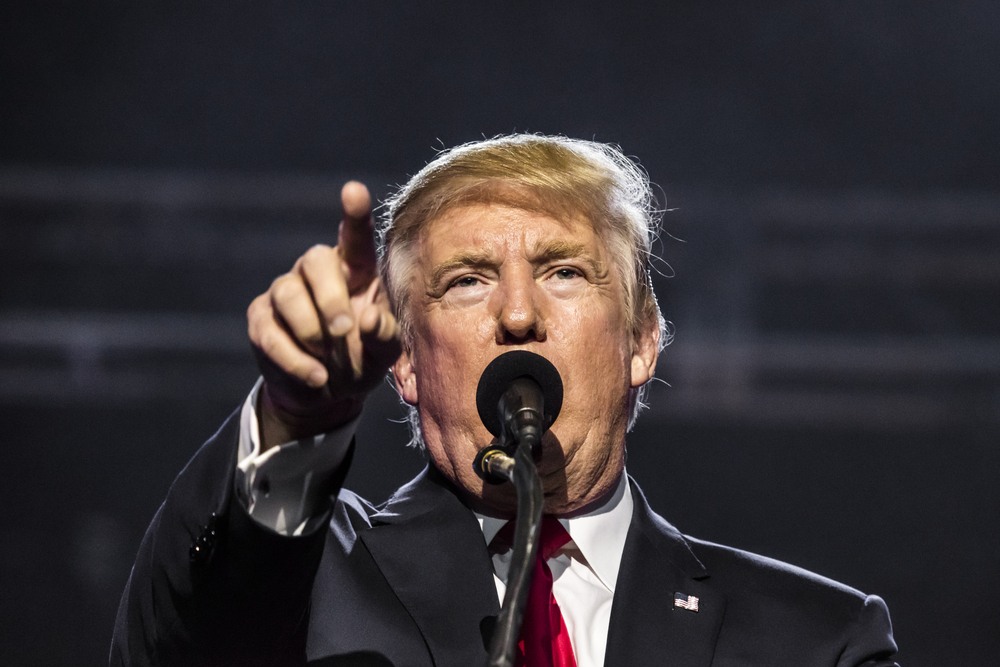Key Takeaways
– Trump will give away his presidential paycheck
– He likens himself to America’s first president
– He funds a new White House ballroom through donations
– He plans to take only one dollar each year
– He sends his first check to the White House Historical Association
Introduction
President Donald Trump announced that he will donate his presidential salary back to American institutions. He compared himself to George Washington in doing so. He also said he will pay for a new White House ballroom through personal funds and outside donors. Critics and supporters have reacted to his plan. This article explains what Trump said and the key details behind his promise.
Trump Gives Up His Salary
First, Trump earns four hundred thousand dollars each year as president. However, he claims to give almost all of this money away. Therefore, he plans to accept only one dollar per year in official pay. He stated that he will send the rest to various public programs.
He made his announcement on social media. He wrote that with the possible exception of George Washington, he is the only president to donate his salary. He said his first paycheck went to the White House Historical Association. That group works on restoring and preserving the presidential home.
A Modern Washington
George Washington led the Continental Army without pay during the war. Yet, he did accept payment as president. In contrast, Trump points out his choice to give away his official pay. Thus, he draws a parallel between his own action and Washington’s legacy.
Additionally, Trump says he restores and beautifies the People’s House more than ever. He argues that his renovations match improvements made when the house was first built. He claims this makeover reflects his pledge to preserve America’s history.
The White House Ballroom Project
Next, Trump revealed his plan to build a two hundred million dollar ballroom at the White House. He ordered the new space to host events and gatherings. The project already covered part of the Rose Garden area with concrete.
However, Trump insists that taxpayers will not pay for this ballroom. Instead, he said he and other private donors will cover the project costs. He argues that private funding prevents burdening American citizens with more taxes.
How He Funds His Projects
First, Trump announced that his payroll checks will flow back into public causes. His first donation went to an organization that cares for the White House property. Second, he claims his personal fortune and contributions from others will pay for the ballroom project.
In addition, Trump says he already spent personal money on other White House improvements. For instance, he hired contractors for landscaping, painting, and repairs. He says these upgrades make the presidential residence safer and more beautiful.
Furthermore, he asked wealthy supporters to help finance the new ballroom. He invited them to join his effort to leave a lasting mark on the White House. Thus, he puts the cost on private shoulders rather than public funds.
Public and Political Reactions
On one hand, supporters praise his choice to give up his salary. They say he shows true patriotism and a desire to serve the nation. They also admire his plan to restore the White House without using taxpayer dollars.
On the other hand, critics question his motives. They argue that he may seek public praise more than real sacrifice. They also note that he still benefits from living in the presidential mansion and using public staff and security.
Moreover, some experts point out that giving away the official pay does not save taxpayers any money. They explain that the president’s salary already comes from a set budget. Whether he keeps or donates the money, that budget remains the same.
What This Means for America
Ultimately, Trump’s move highlights a debate over presidential pay and public service. In one view, it shows a leader willing to sacrifice personal gain for the country. In another, it spotlights how modern presidents mix politics with personal branding.
Moreover, the cost of operating the White House extends beyond the salary. Security, staff, meals, travel, and maintenance all rely on public funds. Even so, Trump’s private donations may offset costs in specific areas.
Therefore, his approach may set a new tone for future presidents. If other leaders follow his example, they could pledge private money for public programs. Yet, they could face the same questions about real savings and motives.
Conclusion
President Trump calls himself one of the few commanders in chief to donate his pay. He compares his decision to that of George Washington. He also funds a major new White House ballroom through private money. His actions spark praise and criticism. They raise questions about presidential pay and the role of private funds in public projects. In the end, his plan shows how modern leaders use money, image, and history in service to the nation.

